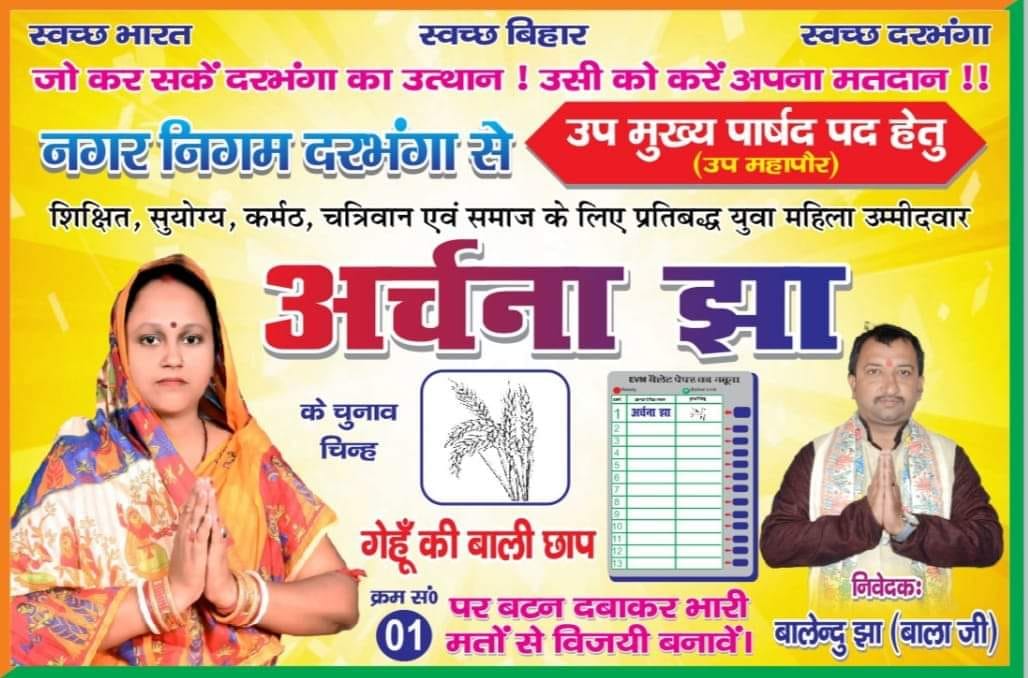
Darbhanga Ward No 30, with population of 7341 is Darbhanga city’s the 12th most populous ward, located in Darbhanga sub district of Darbhanga district in the state Bihar in India.
Demographics
The ward is home to 7341 people, among them 3838 (52%) are male and 3503 (48%) are female. 96% of the whole population are from general caste, 4% are from schedule caste. Child (aged under 6 years) population of Darbhanga Ward No 30 is 17%, among them 50% are boys and 50% are girls. There are 1333 households in the ward and an average 6 persons live in every family.
Growth of population
Population of the ward has decreased by -12.7% in last 10 years. In 2001 census total population here were 8405. Female population growth rate of the ward is -12.5% which is 0.3% higher than male population growth rate of -12.8%. General caste population has decreased by -9.7%; Schedule caste population has decreased by -49.6% and child population has decreased by -2.2% in the ward since last census.
Sex Ratio – Females per 1000 Male
As of 2011 census there are 913 females per 1000 male in the ward. Sex ratio in general caste is 911, in schedule caste is 956. There are 1008 girls under 6 years of age per 1000 boys of the same age in the ward. Overall sex ratio in the ward has increased by 3 females per 1000 male during the years from 2001 to 2011. Child sex ratio here has increased by 74 girls per 1000 boys during the same time.
Literacy
Total 4386 people in the ward are literate, among them 2475 are male and 1911 are female. Literacy rate (children under 6 are excluded) of Darbhanga WARD NO.-0030 is 72%. 77% of male and 66% of female population are literate here. Overall literacy rate in the ward has decreased by -7%. Male literacy has gone down by -9% and female literacy rate has gone down by -6%.
Workers profile
Darbhanga WARD NO.-0030 has 24% (1763) population engaged in either main or marginal works. 41% male and 6% female population are working population. 36% of total male population are main (full time) workers and 4% are marginal (part time) workers. For women 4% of total female population are main and 2% are marginal workers.








